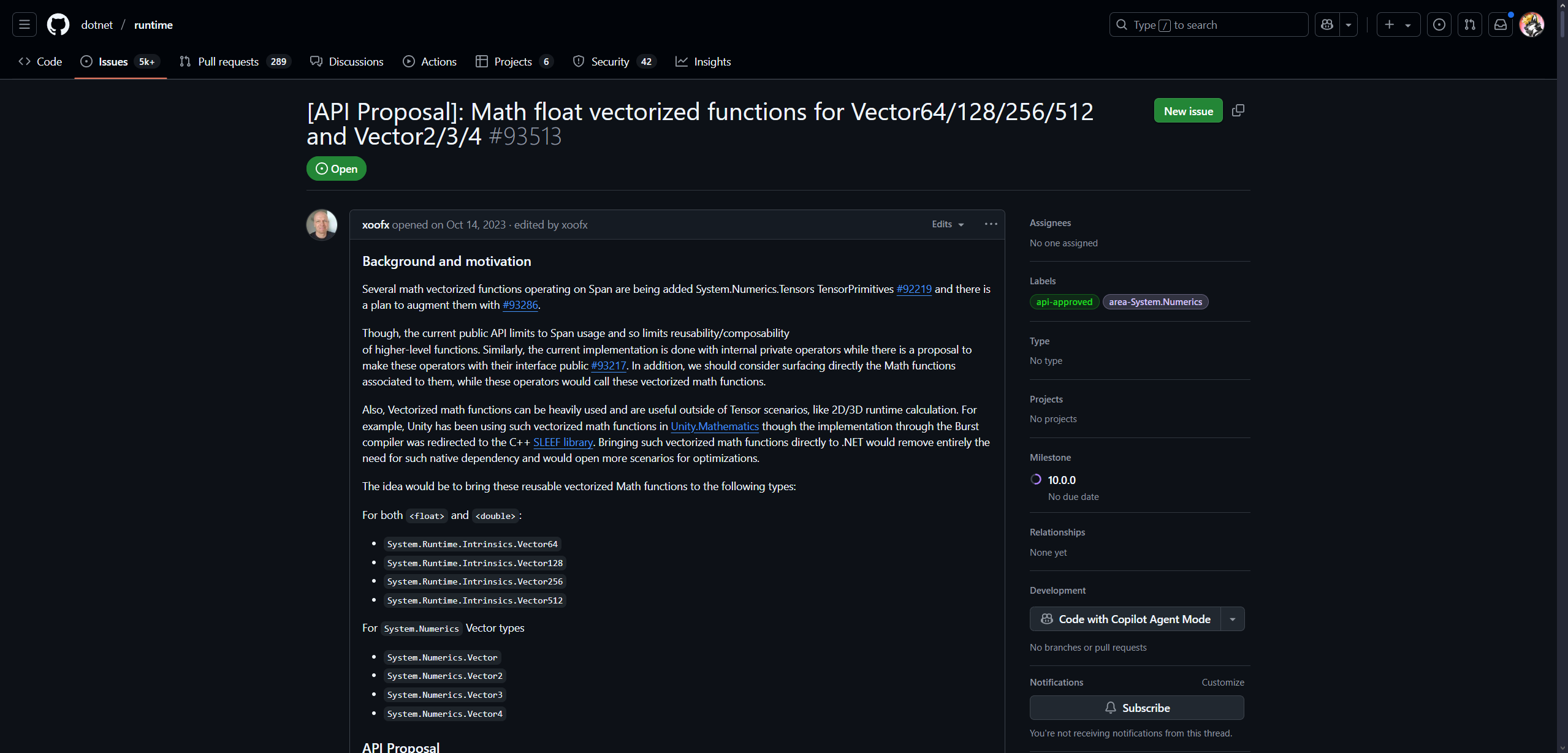First off — the streaming demo shown in the keynote is from an earlier build. The current implementation under the hood uses .NET 10, not the legacy .NET Framework version shown in that clip. That older system was chunk-based (especially on the editor side), but the newer system uses streamable data overlays that make chunk transitions seamless to the player — while still giving us full diagnostic visibility in the editor.
The high-precision floating point system mentioned — including the 256- and 512-bit mention — is not fantasy. It’s based on this live .NET proposal which supports vectorized floats (64, 128, 256, 512-bit) through System.Runtime.Intrinsics and System.Numerics. Unity doesn’t natively expose this (yet), but we’ve already been working on integrating these math stacks for simulation layering — especially for time-corrected physics and high-precision relay calculations.

TL;DR: Yes, we know what we’re doing with floating point — and it’s backed by ongoing .NET work and actual intrinsics, not just buzzwords.
Regarding the Music + VO
There’s no AI music generation in the game — full stop. I was actually planning to record the voiceover myself, but I had to rely on Hume.ai’s natural voice synthesis due to vocal issues at the time of recording. It’s a placeholder, not a philosophy.
Emotion in music? Still 100% human. No templates, no regen shortcuts. That’s one of our biggest values at Furr-Tec: we don’t use tools that compromise creative authorship — period.
Passkeys vs Traditional Logins
We get it — not everyone’s ready to move on from passwords. But passkeys (WebAuthn) are vastly more secure and increasingly supported by Google, Apple, Microsoft, and modern browsers. In fact, “Login with Google” is a passkey under the hood now. It’s still early for some folks, but we’re giving users flexibility when it comes to authentication — and yes, we’ll continue to support more accessible login flows.
Unity + Multiplayer Scope
As for why we’re sticking with Unity: we’ve built a direct partnership with the Unity team — and despite everything that happened in ‘23, they’re back on track. We’re not using Unity as-is, either. We’ve rebuilt major systems internally to support what we need, and Unity’s latest DOTS + Burst + Sentis stack gives us flexibility that’s hard to replicate.
On multiplayer: totally agree it’s not something you just slap in post-hoc. We’re exploring SpaceTimeDB, a new database tech that supports massive state-backed multiplayer (think GTA V scale). It’s not ready for prime-time yet, but it’s on our R&D radar — and won’t ship until it’s solid.
Final Thoughts
We hear the skepticism — honestly, we expect it.
But this project isn’t chasing hype. It’s an attempt to build what should already exist — a system-driven survival sim that fuses grounded realism, physics, ethics, and causality. That’s not easy. But it’s the right kind of hard.
If you want AAA polish in a 3-person team… that’s not what this is. But if you want to see a studio try to build something different — without exploitation, without shortcuts — then yeah, we’re worth following.
Thanks for watching. Really. ❤️







